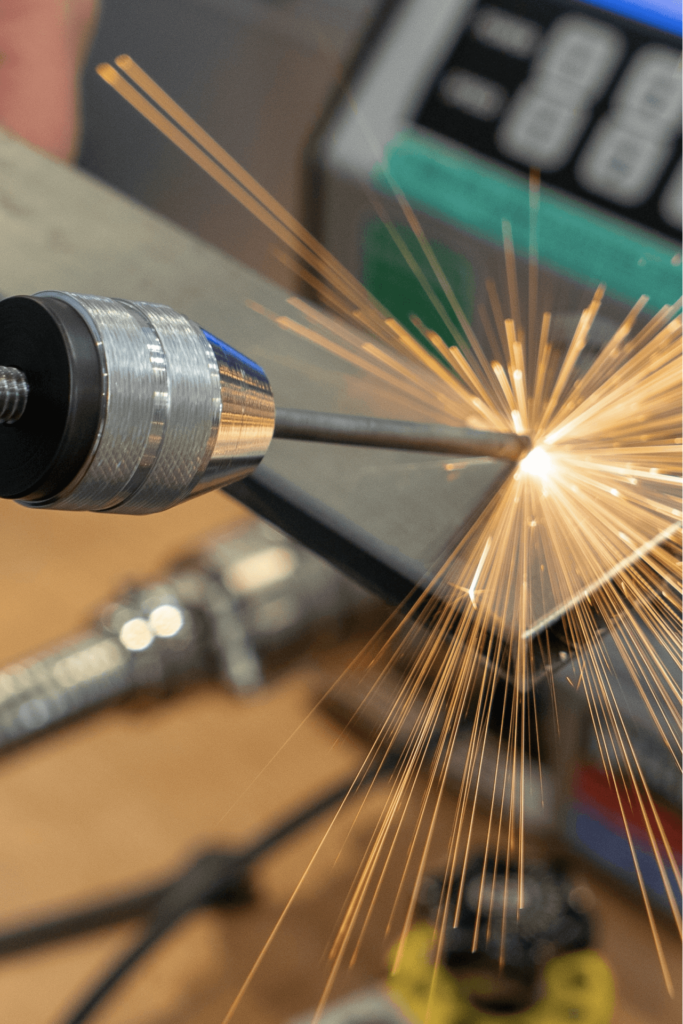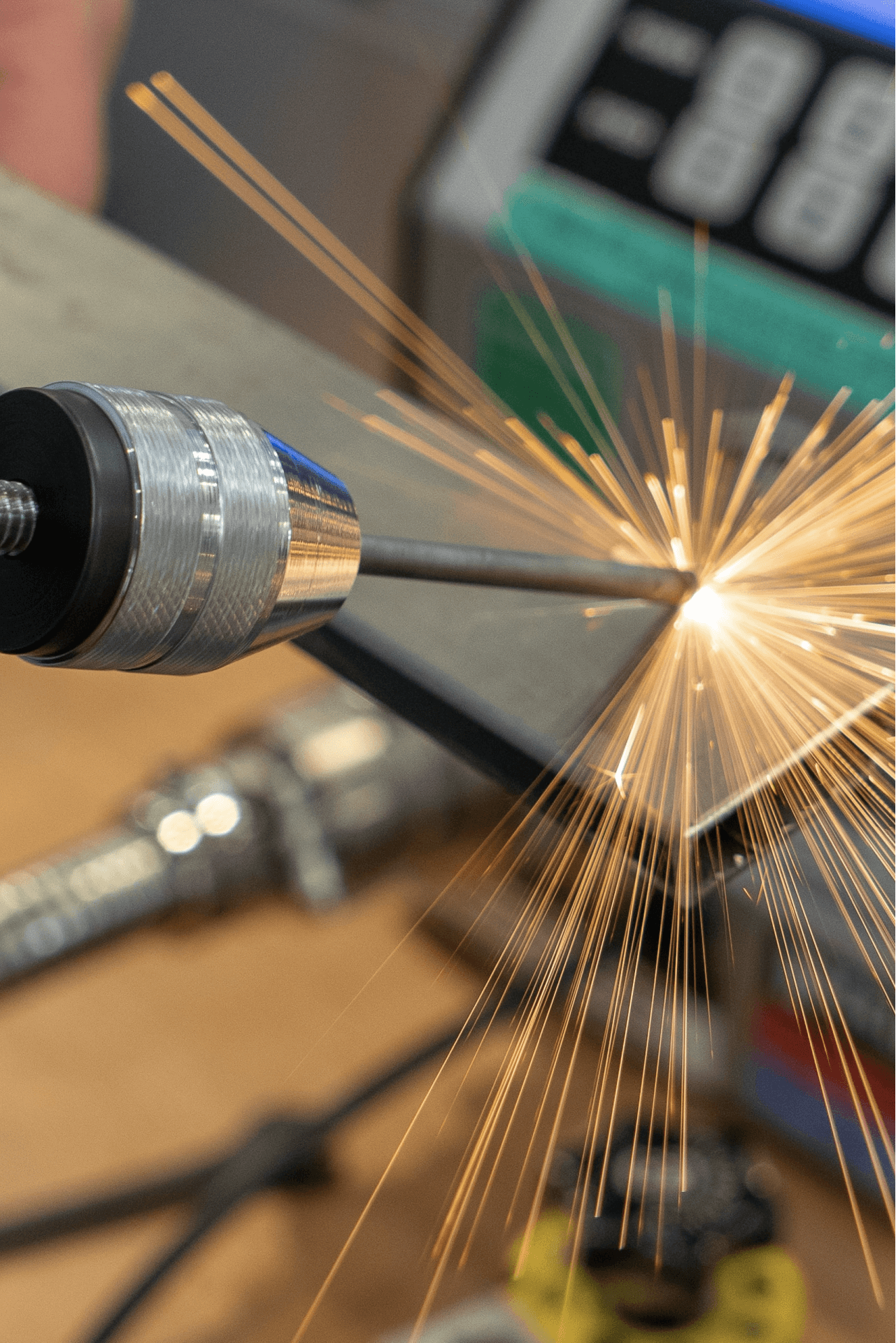Manufacturing safety is important because it keeps people alive and unharmed. To prevent industrial accidents, injuries, illnesses, and deaths, every manufacturer needs to create a safe workplace for employees.
I realize I’m stating the obvious here. Most people involved in manufacturing understand how dangerous the work can be. They know that safety is in everyone’s best interest. They recognize their responsibility to keep themselves and others protected from harm.
The problem is that in too many manufacturing environments, other priorities get in the way. Companies are under constant pressure to stay competitive, keep costs down, deal with supply chain disruptions, increase productivity, adapt to new technologies, hire and retain skilled workers, and manage countless other realities of doing business. As a result, safety starts to look like a drain on company time and resources—a series of boxes to check rather than something that actually benefits anyone.
But here’s the kicker: Manufacturing safety does more than save lives. It also saves money.
The best-performing organizations are the ones that invest and believe in safety. Every moment of every day, they do everything they can to minimize accidents—because they know even a single safety incident can mean the loss of tens of thousands of dollars or more.
In other words, it’s a dangerous work environment—not a safety program—that’s the real financial drain for a manufacturing company.
Manufacturing Safety and You
Is safety your #1 goal? Are you confident your organization is minimizing risk and maximizing profit?
If not, you need to make a change as soon as possible. You have the power to save lives and money at your company.
It’s time to let go of outdated, dangerous practices and policies and embrace a smarter, more cost-effective way of doing business. It’s time to get serious about manufacturing safety. The safer your facilities, the more productive your business will be.
First, you’ll need to understand the facts about manufacturing safety, the risks that impact your business, and the consequences of those risks for your people and your bottom line.
What Is Safety in the Manufacturing Industry?
Workplace safety is all about ensuring people are doing their jobs the right way—with zero or very little chance of getting hurt, sick, or killed. It involves every member of the workforce, encompasses numerous processes and technologies, and requires constant vigilance and training. It can be hard work, but it’s always easier and cheaper to keep people safe rather than deal with the aftermath of an accident.
Workplace safety is sometimes called environment, health, and safety (or EHS for short); occupational health and safety; and other similar terms. Companies manage their safety concerns through safety programs, which control how people work and how the organization minimizes risk.
Safety is particularly important in the manufacturing industry, where workers regularly interact with potentially dangerous machines, materials, and substances. A typical manufacturing safety program may address issues such as the following:
- operating procedures for saws, lathes, drills, presses, welding equipment, cutting tools, and other machine tools
- what respirators, goggles, gloves, boots, and other personal protective equipment (PPE) workers should be using on the job
- how to check, wear, and maintain PPE
- what hazardous chemicals are present in the workplace, and how to use and store those chemicals
- workplace cleaning and sanitization
- what to do in the event of an accident or exposure to a toxic substance
- health and safety training
- and more
The program should be documented in writing and kept up-to-date. Learn more about safety programs and how to create a successful one for your workplace.
This kind of detailed and comprehensive approach to manufacturing safety is important for several reasons:
1. It’s the most effective way to keep people safe and manage risk. Nothing that threatens your employees should be a matter of uncertainty or chance. A safety program ensures that you minimize risks as completely, consistently, and proactively as possible.
2. It’s required by law. The Occupational Health and Safety Administration, the Environmental Protection Agency, and other federal and state regulatory agencies mandate that you keep your workers safe—which is why they expect to see a safety program in place.
3. It’s cheaper than the alternative. A safety incident can carry substantial expenses:
- workers’ compensation
- costs of fixing or replacing broken or damaged equipment
- regulatory penalties
- legal fees
- decreased productivity and morale
High-Risk Manufacturing Safety Hazards
Without the right tools, documents, and team to manage safety, a manufacturing company can expose itself and its employees to serious hazards.
OSHA Top 5 for Manufacturers
Here are the 5 most common hazards based on frequency of OSHA violations:
2. The Control of Hazardous Energy AKA Lockout/Tagout
To read more about each of these hazards and learn what risk factors to look out for, read OSHA’s Top 5 Most Frequently Cited Violations for Manufacturers.
Other Common Sources of Manufacturing Risk
- manual safety systems and processes such as binders and spreadsheets
- poor communication with contractors, vendors, and other third parties and stakeholders
- lack of buy-in from executive leadership
1 Manufacturing Safety Incident = $15,625 + Indirect Costs
Why is it so important to address these manufacturing safety risks? Because just one incident can cost your business 5 or 6 figures—or more.
First, there are regulatory fines. The current maximum penalty for an OSHA violation is $15,625. The maximum penalty for a willful or repeat violation is 10 times that: $56,259. And if you don’t fix the issue by OSHA’s deadline, you could be on the hook for $15,625 every day the hazard still exists.
Then there are workers’ compensation claims. Every incident raises your workers’ comp insurance premium. Learn more.
And then there are operational costs, reduced employee morale, damaged reputations, legal fees, and even possible lawsuits. Factoring in all these expenses, IEN estimates the total cost of an accident to be several thousand times greater than the cost of taking preventive action.
Proactive Manufacturing Safety = Lower Costs
By having an effective manufacturing safety program in place to begin with, you can avoid these expenses. Plus, you won’t have to scramble or pay as much when something needs updating or tweaking.
The best safety programs are proactive—they address issues before accidents can occur. Here’s what you’ll need to get there from here:
5 Keys to Proactive Manufacturing Safety
1. a comprehensive safety program
2. high-quality employee training
3. the right workplace safety software
4. safety inspections and audits
Manage Manufacturing Safety Effectively with KPA
KPA is the leading option for manufacturing safety software, consulting services, and interactive training. Our team of manufacturing safety experts will help you conduct audits and inspections, manage your legal obligations, create a safety culture, minimize risk, and maximize productivity.
Discover why manufacturers of all kinds trust KPA’s EHS expertise, software platform, and training.
Ready to see how KPA can transform your organization? Schedule a demo with us.

